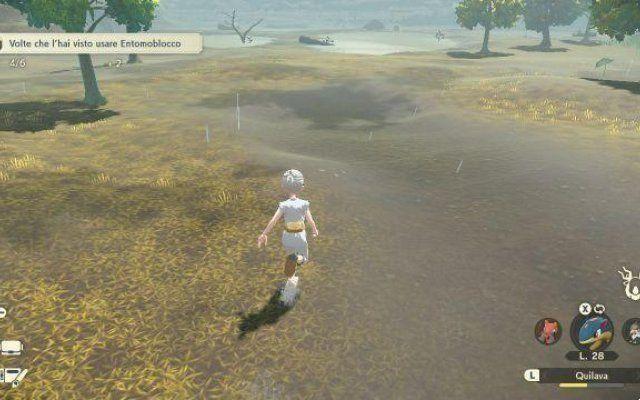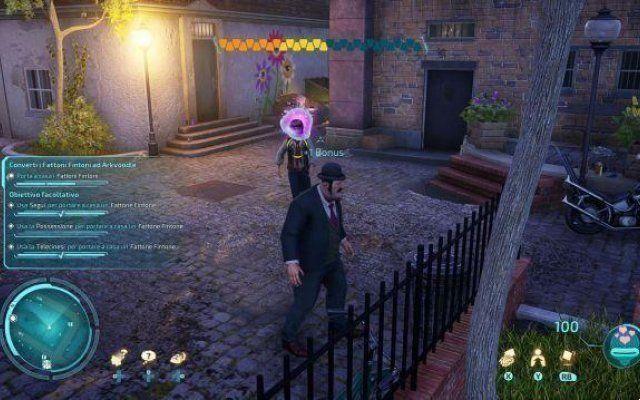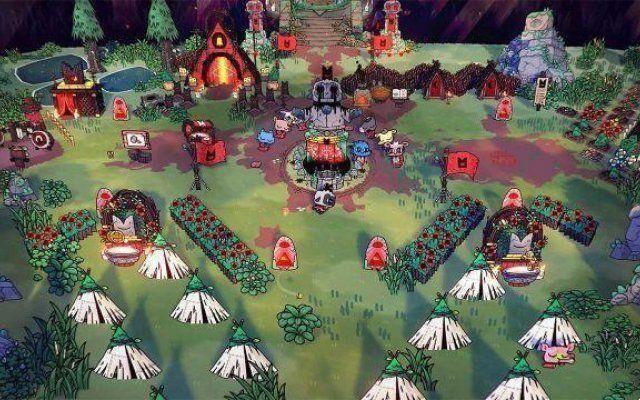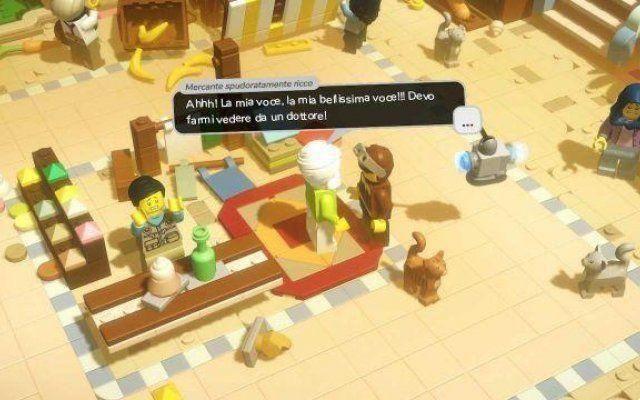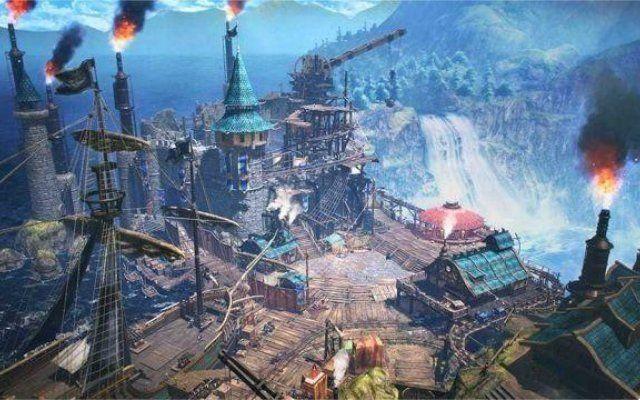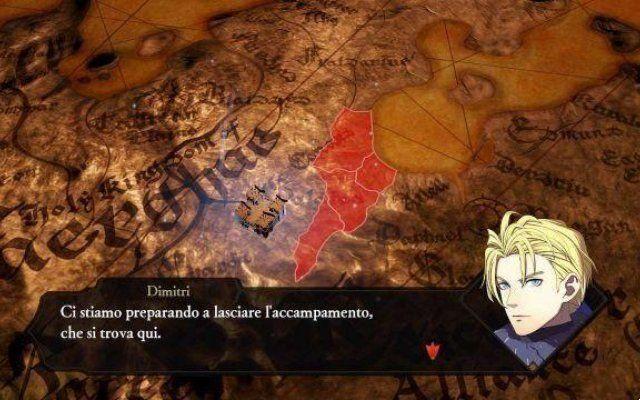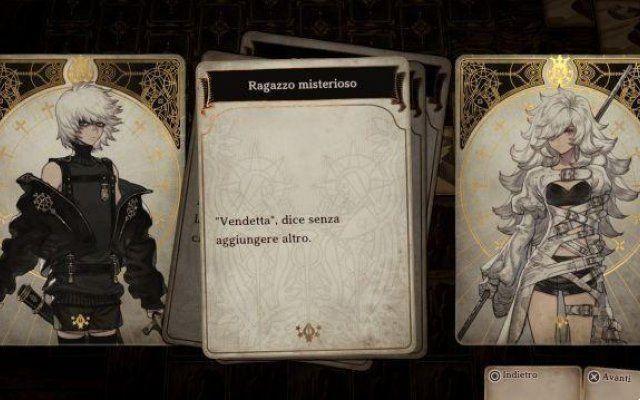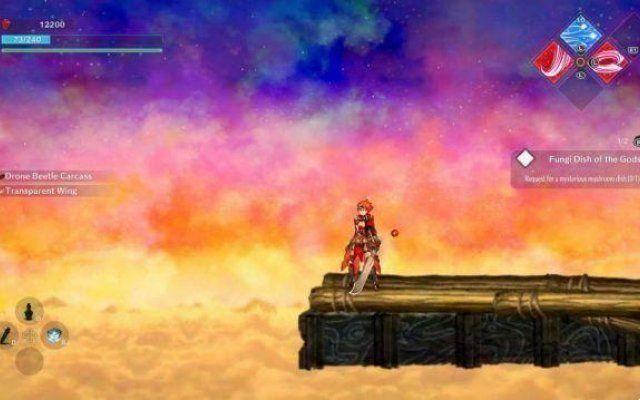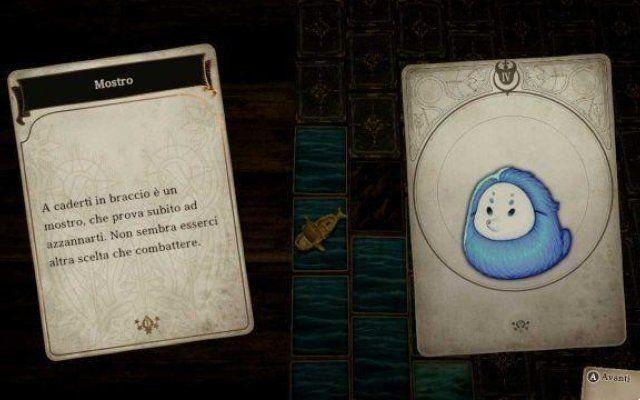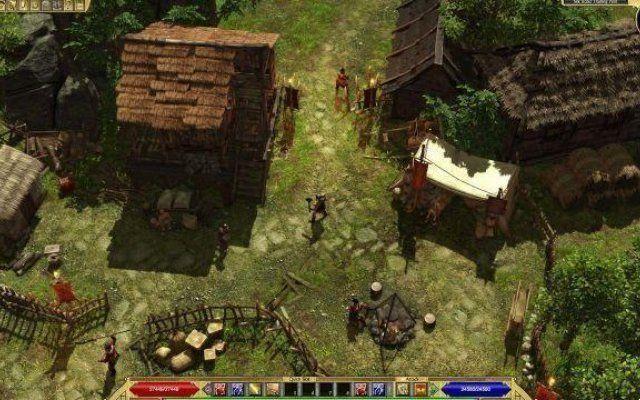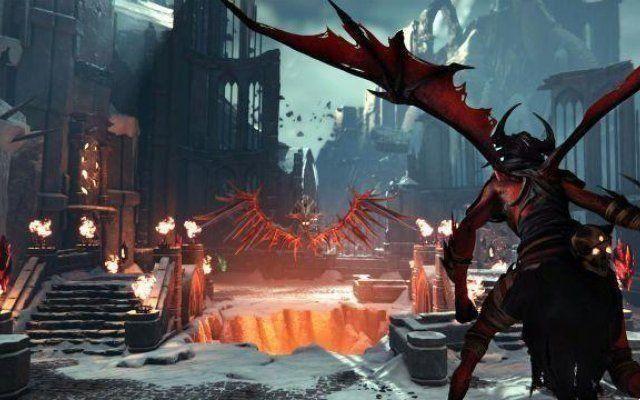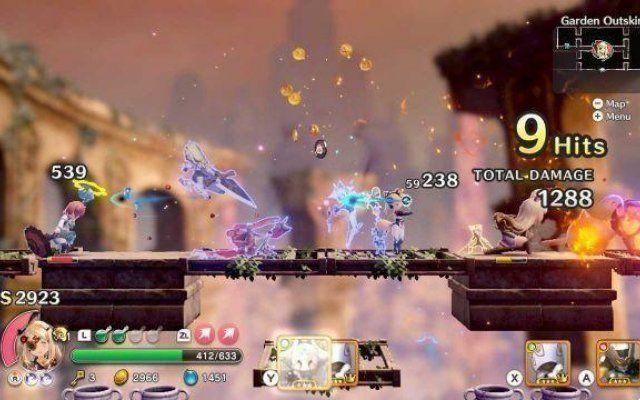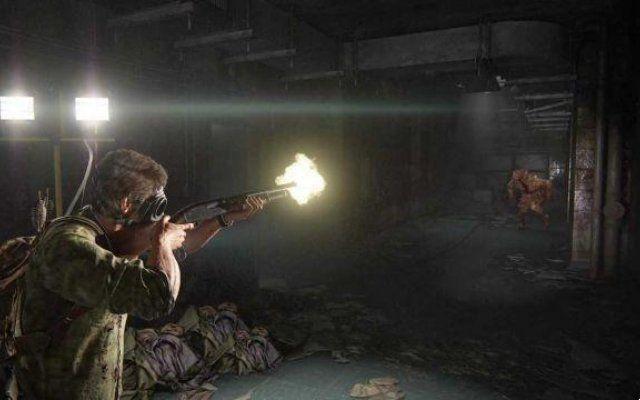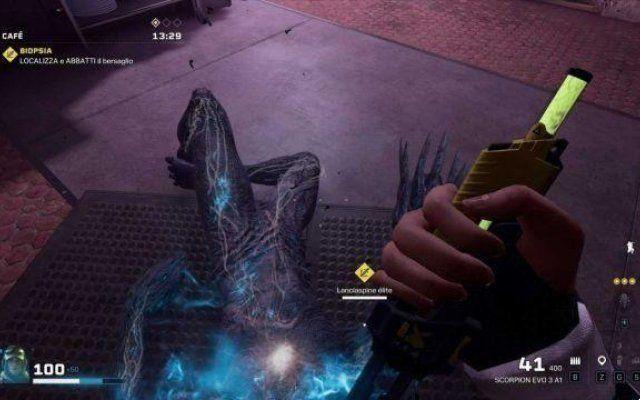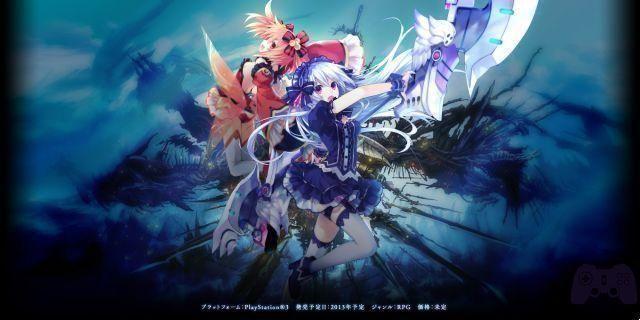
We often hear complaints about not getting enough JRPGs out. And we, as lovers of the genre, every time we hear certain affirmations we smile thinking about the large number of products that we find in our hands every year. Among the most prolific software houses, now specialized in the creation of purely Japanese role-playing games, we find Compile Heart, most famous for the series of Hyperdimenson Neptunia. Today we find ourselves talking about Fairy Fencer F, a new saga that sees the collaboration of numerous historical personalities active in the role-playing scene, which arrives in the West thanks to the always excellent work of It starts America.
Do you want to make a contract?
The legend of an ancient conflict between the Goddess of light and God of darkness. A cyclical and infinite fight that sees the two divinities clash without however that anyone comes out the winner, ending up because of their desire for supremacy imprisoned in an eternal sleep. Here it comes into play Fang, the protagonist of Fairy Fencer F who will discover himself, in spite of himself, to be a Fencer, the one who can make a pact with a fairy and wield the powerful Fury, weapons capable of breaking the seals responsible for the sleep of the two deities. A little listlessly, Fang will accept the fate that awaits him, joining the fairy Eryn that will guide him in search of new Fury to give freedom to the Goddess of light and bring peace to the world.
Fang's journey will be studded with bizarre characters and sui generis situationsFang's journey will be studded with bizarre characters and sui generis situations, as Compile Heart has accustomed us for years. The narrative, as always, is made up of fairly stereotyped situations, as well as the characterization of the characters travels on well-defined clichés. However Fairy Fencer F differs from previous Compile Heart productions for the choice of more mature themes, or at least darker ones, dosing in a more regulated way nonsense situations and fanservice, which however remain an integral part of the events. The characters themselves, in their being stereotyped, boast character characteristics that make them stand out from the fray. To give an example, Fang will turn out to be a fairly atypical protagonist. Listless, lazy, with only an interest in food. Even in the most dramatic situations he will not miss an opportunity to make a fool of himself, however, making us laugh. He could be defined as a stupid character, in a good way, but at the same time capable of growing and improving as he will demonstrate in the course of the adventure. The development of the story is also interesting, quite classic in itself, but with a plot twist towards the middle of the story that helps to rekindle the events, setting the scene for new and unexpected implications.
F for Fairy
As mentioned in the previous paragraph, our aim will be to recover new Fury to be used to break the seals that keep the Goddess of light imprisoned. A search for the game world will then begin within the numerous dungeons, which will be activated thanks to the weapons collected. Just stick them in the ground adjacent to the place to visit and this will become available, infusing the new area with the bonuses and penalties present in the Fury allowing us to modify our game and obtain advantages for the purposes of the battle. More experience, money or stat increases, as well as blocks on the use of spells and the inability to heal are some of the possibilities offered by the various Fury.
The clashes take place with a system halfway between the turn and real time.The exploration inside the dungeons takes place in a similar way to what was seen in Hyperdimension Neptunia. Simple areas to visit, often full of enemies that appear on the screen and little else but a few boxes to open hidden here and there.
Also the combat system is ripped from Hyperdimension Neptunia, which, however, thanks to a character development system that focuses on customization, allows him to find his identity, as well as his strength. The clashes take place with a system halfway between the turn and real time. The movement on the battlefield will vary from character to character, each with its own range of action both to decide the position on the playing area and for the moves to be used.
During the battles each character will earn, in addition to the classic experience points that regulate the growth of the level, gods Weapon Points which can be used to enhance our warrior. Going to the appropriate section we will find various categories and once you have chosen which one to improve, just spend the points collected to increase physical characteristics, unlock new skills or get combos to use in battle. This allows you to freely decide which values to act on, intervening directly on the combat statistics, improving their performance in battle.
Another aspect to keep in mind is the Resonance Effect. As the game system has been studied, each character will be able to use only the Fury for which it is intended. Despite this, those collections can be assigned, and once attributed to a certain character they will resonate by infusing him with extra skills or increases in statistics. During the battles, however, we will be able to implement the effectiveness of the Combo Edit, the mode that allows you to edit the moves to be used in the field at will. Each combination will start with a predefined move by pressing X. Unlocked new levels of Combo Edit thanks to Weapon Points it will be possible to add new moves in the slots that become available. Depending on the type of attack, this will affect our Fury by altering its appearance, so as to perform for example ranged attacks or lethal blows but with a low percentage of success. To all this are added the magic attacks always unlocked during the upgrade, or the innate abilities of each character, which allow you to obtain benefits in battle at the cost of spending each time you use the magic points.
Power of the moon crystal come to me
Cherry on the cake we find the option Fairize, which in a very similar way to the transformation HDD of Hyperdimension Neptunia, allows you to merge our character with your fairy, releasing all the war potential and show off an attack power definitely useful for the purpose of battle. The option will be activated as soon as we have filled the appropriate bar, the Tension Gauge, which will also adjust the duration based on the hits received and how much we have enhanced the transformation with the WP.
Fairy Fencer F is fast enough to completeEverything that does not concern the exploration of dungeons or battles, therefore history, side quests, access to the shop and the relative option to create objects, is managed through textual screens. The story, in particular, develops as a visual novel, where the player will be asked to witness the many "skits" that the game has to offer.
Compared to other Compile Heart titles, Fairy Fencer F is fast enough to complete. It will take 30/35 hours to unlock the ending by completing most of the sub quests and secondary events. Those who want, can instead continue taking advantage of the now inevitable New Game + which allows you to restart the adventure while maintaining levels and skills gained, facing the game again to unlock other two alternative endings or dedicate yourself to the collection of all the Fury, essential to face all the Plans of the Shukescoo's Tower, a dungeon where each floor will reserve a challenge to complete.
My band plays rock
Among the less successful aspects of Fairy Fencer F we certainly find the graphic component, even if a clear distinction must be made by evaluating the 2D parts from the 3D ones separately. At the character design we find Tsunako, who had already had the opportunity to always work on Hyperdimension Neptunia or previous titles such as Trinity universe e Cross Edge, and of which it is impossible not to recognize the trait at first glance. Special collaboration also with Yoshitaka amano (the second this month to arrive after us Fantasy Life) who took care of the concept design of the two divinities. Art direction therefore of a high level, which is opposed to a graphic realization that suffers from a congenital problem of the Compile Heart productions. Continuous frame rate drops, essential polygonal models and bare and mostly anonymous settings negatively mark this new production which fortunately, thanks to the solidity of the story and the combat system, manages to take a back seat.
Also the sound sector puts us of its boasting a collaboration with Noubu Uematsu and his Earthbound Papas offering numerous tracks both instrumental and sung, which infuse the game with the right atmosphere, especially the themes related to transformations, which make it even more epic. As always we find the option of the dual audio English / Japanese, even if it is useless to tell you by now which one we recommend you use, as well as the adaptation of the texts is present only in the English language.
Verdict 7.5 / 10 Yes ok, but when did they start undressing? Comment Compile Heart and Nis America hit the mark again with a good JRPG that will surely make the lovers of the genre happy, who can easily add half a vote to the total. Mature, with a tested and fun to play fighting system, and an appropriate artistic direction are the key elements of this production, which unfortunately suffers from the usual problems related to development, a symptom of a low budget production. Apart from that, we would like to promote the game and recommend it especially to those who have loved, and continue to love, Hyperdimension Neptunia. Well thought out character customization system Great soundtrack Plot not as trivial as it may seem Pros and Cons ✓ Well thought out character customization system
✓ Great soundtrack
✓ Plot not as trivial as it may seem x Graphically dated
x Generally not too demanding





